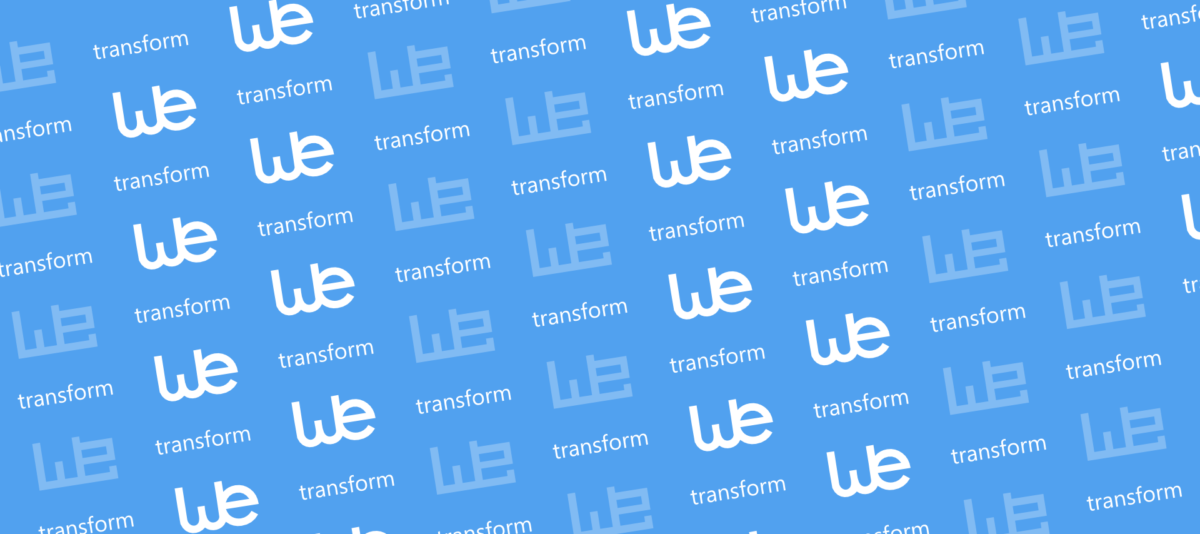
Looking Back at FOSS4G 2019
The world of open-source geospatial software constantly provides exciting developments that change the landscape of GIS operations and influence spatial data-driven decision making. Once a year, these developments brought to the forefront at the FOSS4G conference.
This year’s FOSS4G was host to over 1100 participants from all over the world in the beautiful city of Bucharest. The conference combined scenic venues with cutting-edge open source geospatial advancements.

Wetransform demonstrated hale»studio, the only open-source ETL tool that has been built from the ground up to support open standards such as INSPIRE.
Transformations to complex INSPIRE schemas can take up significant resources and require expert knowledge. Hale studio demonstrated just how easy it is to achieve INSPIRE compliance with the right functionalities at hand. Through its declarative mappings, state-of-the-art transformation engine and interactive documentation, even beginners can easily grasp complicated transformation methodologies.
In our presentation, I demonstrated hale»studio and created a mapping alignment as a part of the demonstration. I am, coincidentally, also a beginner in the world of data harmonizations. The task of creating a mapping alignment seemed daunting at first, but hale»studio's interactive documentation gave me a quick understanding of the basics. The various views offered by the tool also allowed for quick and easy data filtering, which gave me a better understanding of the source data. The mapping alignment definitions clearly indicated how data would be manipulated. After about two hours of looking into the interactive documentation and exploring the tool, I could create a mapping alignment and execute a transformation. hale»studio also let me compare the source data and transformed data visually on a map to check for any discrepancies, which helped to double-check if everything was in order. If you'd like, you can try out the tool as well!
The transformation isn’t the end of the INSPIRE Implementation workflow. The data that has been transformed also needs to be validated against INSPIRE standards. The JRC has developed an open source tool that does just that. The INSPIRE validator allows to check if metadata, data and network services are compliant with technical INSPIRE guidelines. The presentation on the current status and the further development of this tool can be found here.
There were other presentations and workshops that highlighted the exciting future of open source trends outside of INSPIRE.
As the geographical data we are collecting is increasing exponentially in volume and complexity, the challenge of meaningfully representing the different dimensions of this data in maps is growing as well.
Essensys' Daniel Urda and Florian Iosub presented the advantages of using open-source GIS technology on top of commercial tools to provide project specific features that are available to and supported by a large community. Essensys developed a custom spatial visualization widget that can be used with Microsoft’s PowerBi. The widget is built on OpenLayers. It provides a view of data with spatial data characteristics such as custom, time-enabled geometries and custom basemaps that are consumed using open standards such as GeoJSON and WMS. You can find a video of the presentation here.
The next big event we’ll be at is the INSPIRE Helsinki event organized by the National Land Survey of Finland. If you want to learn more about the only large-scale INSPIRE focused event of the year, click here!

